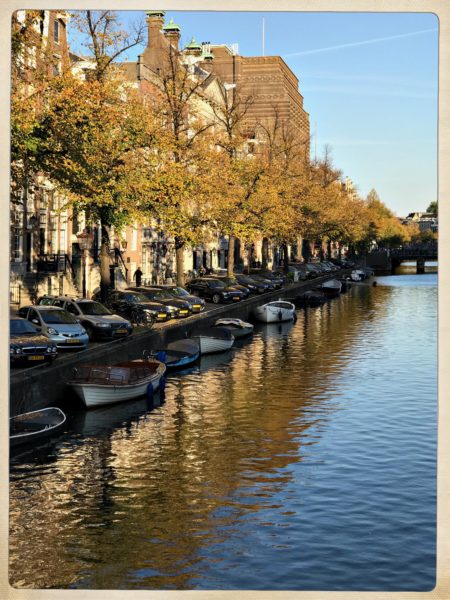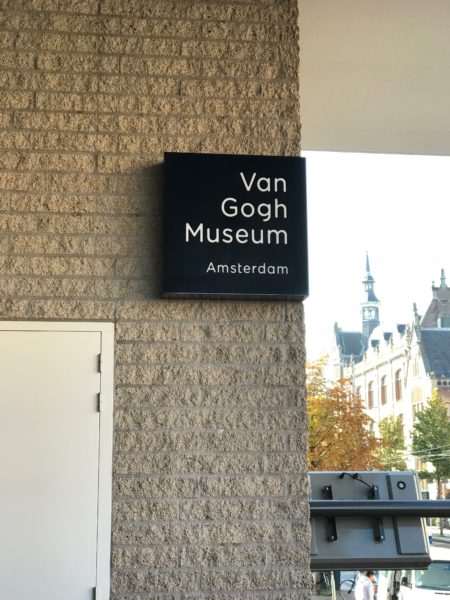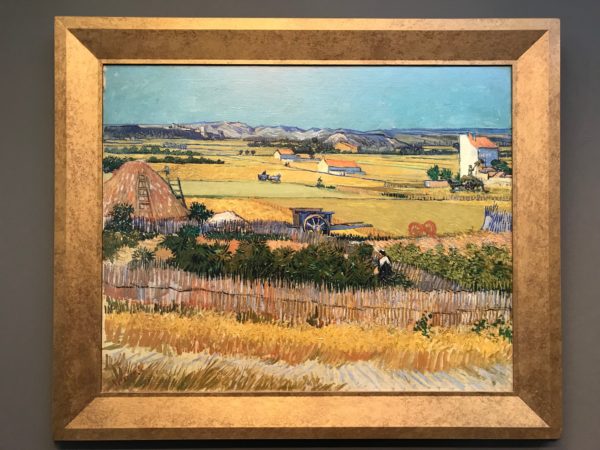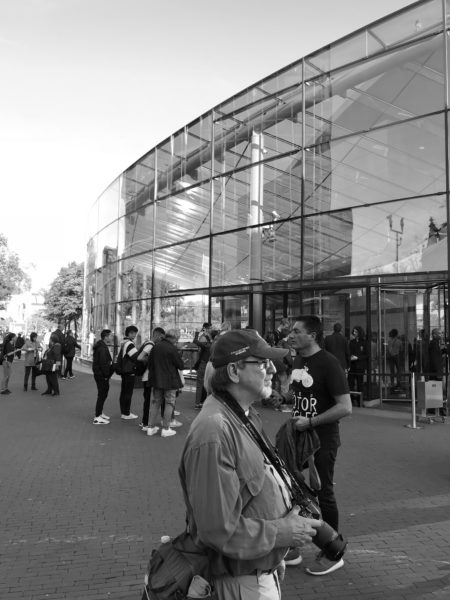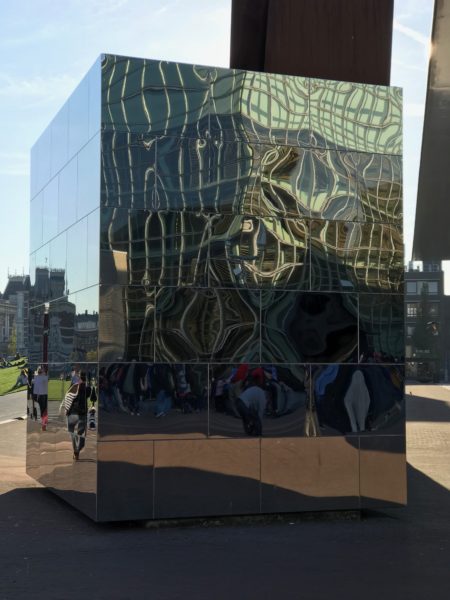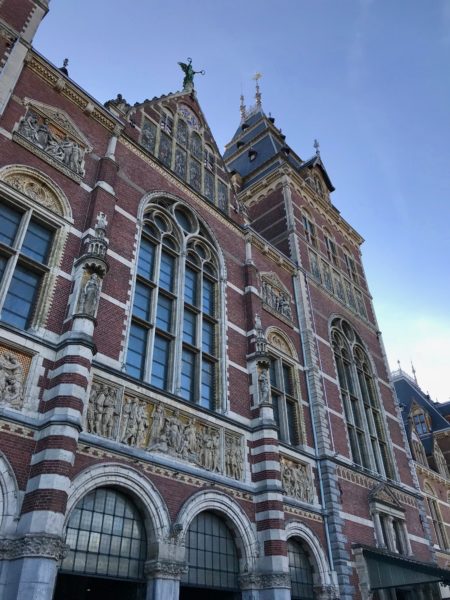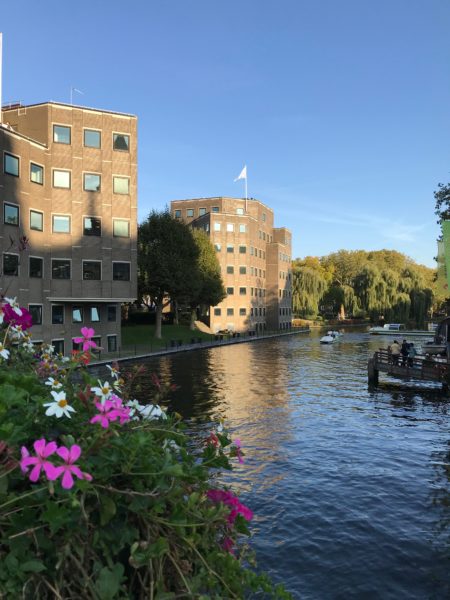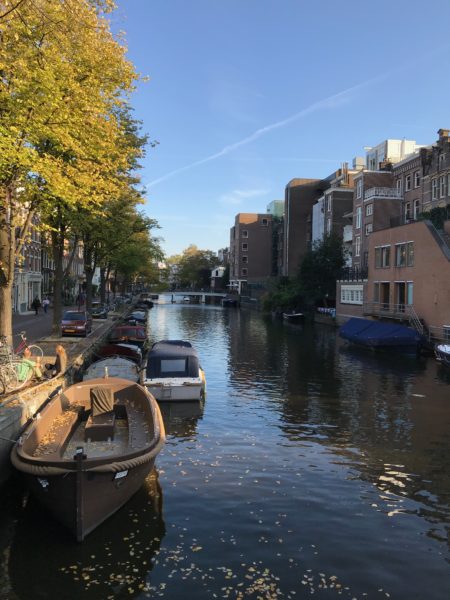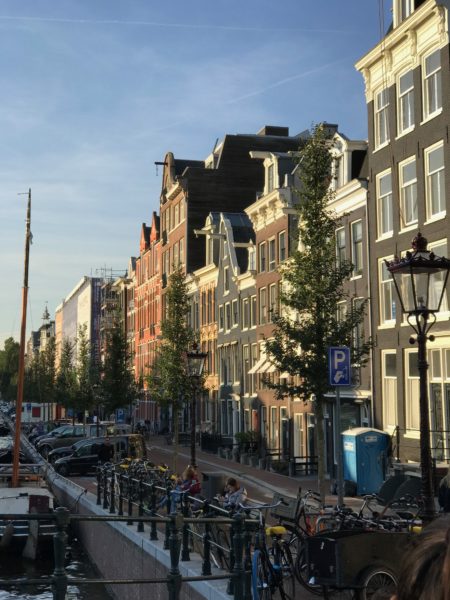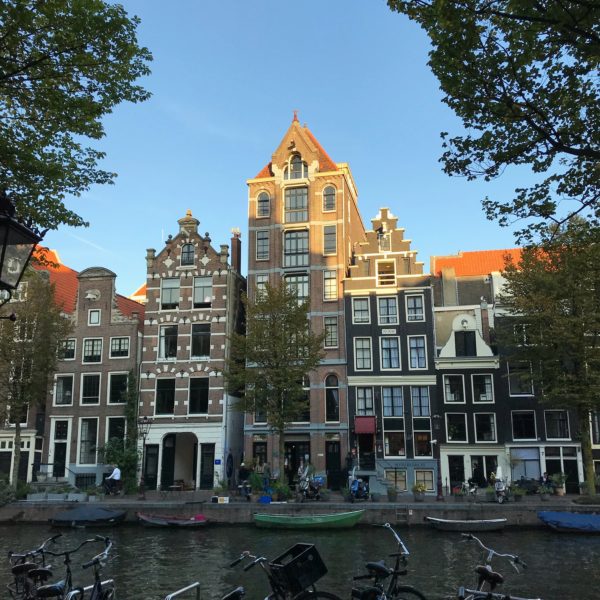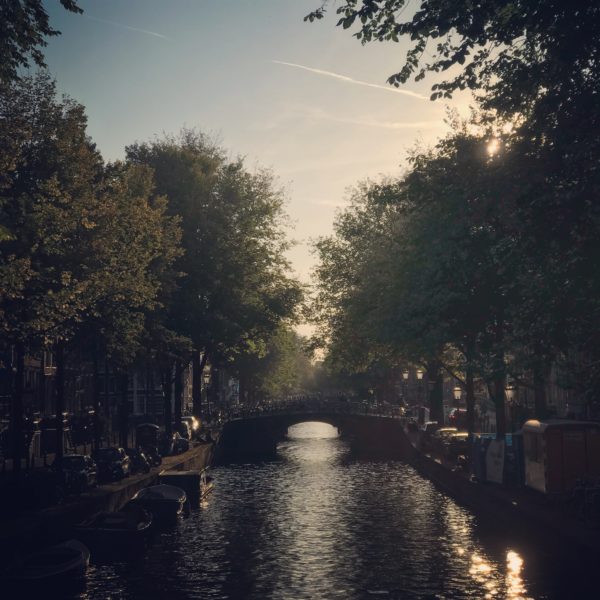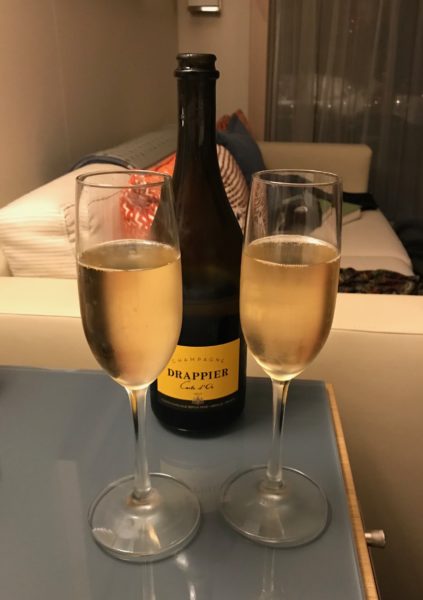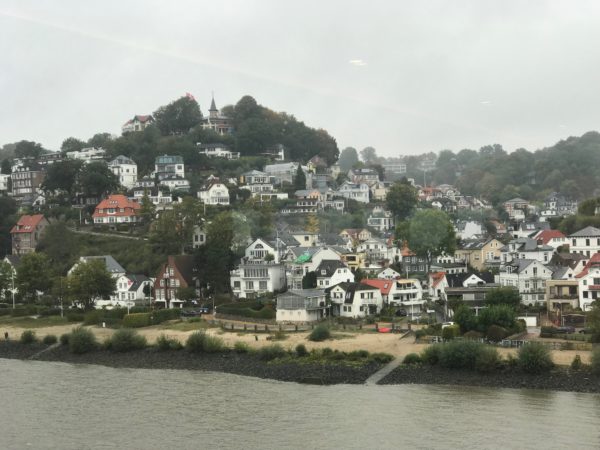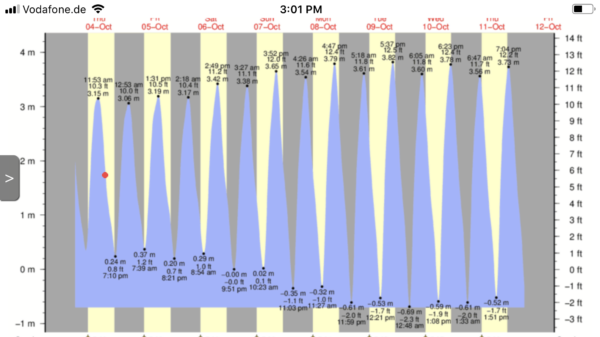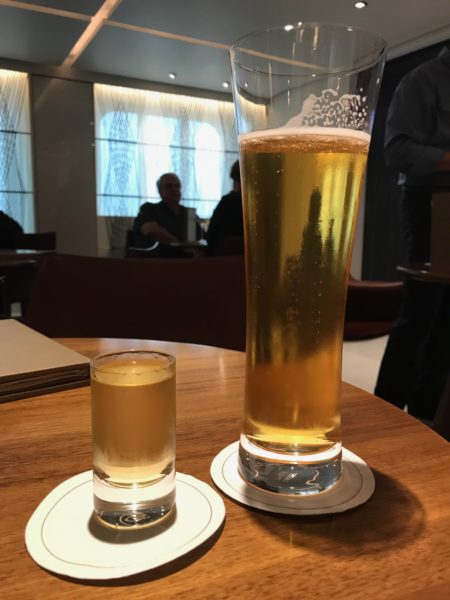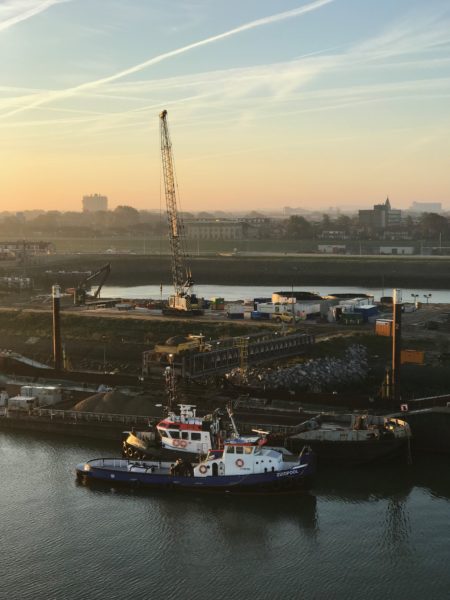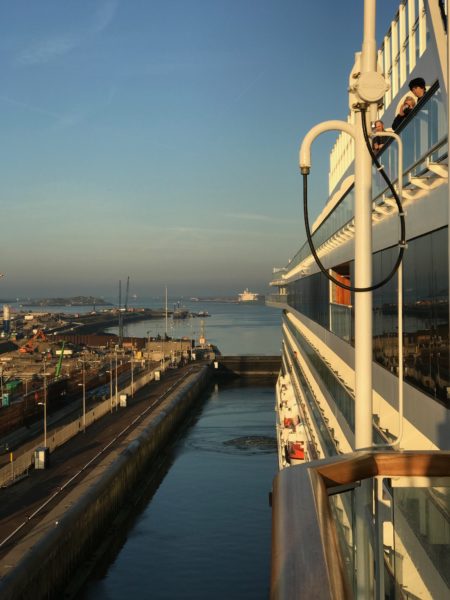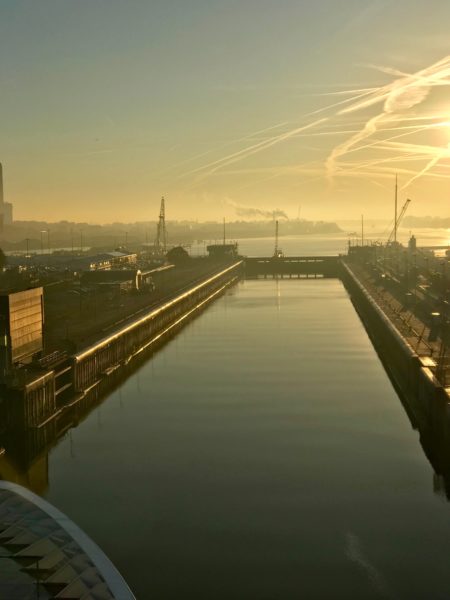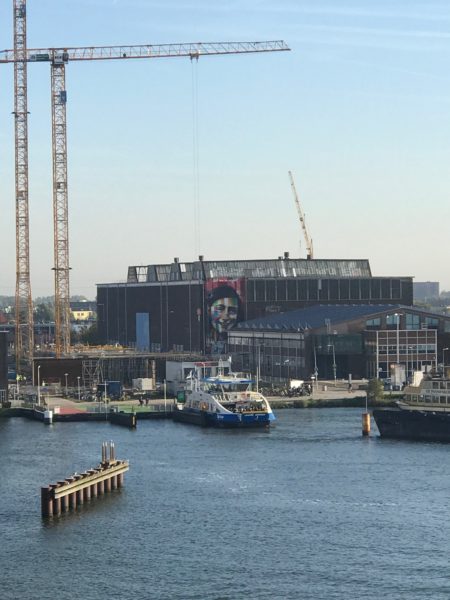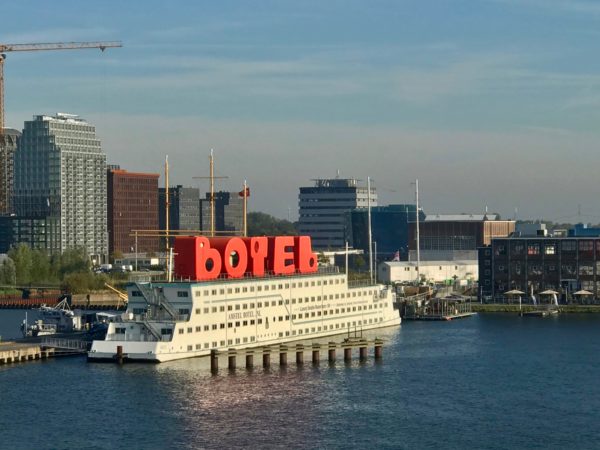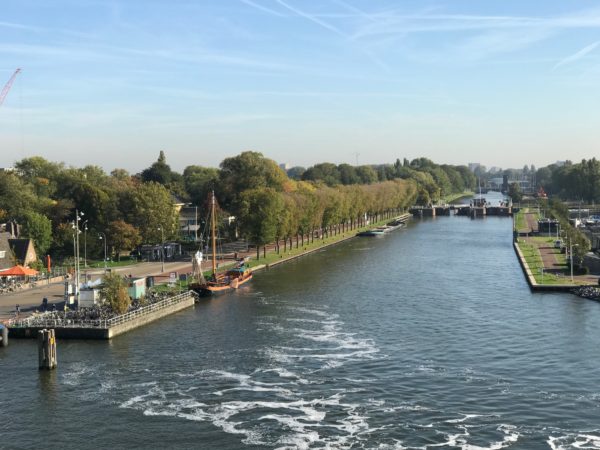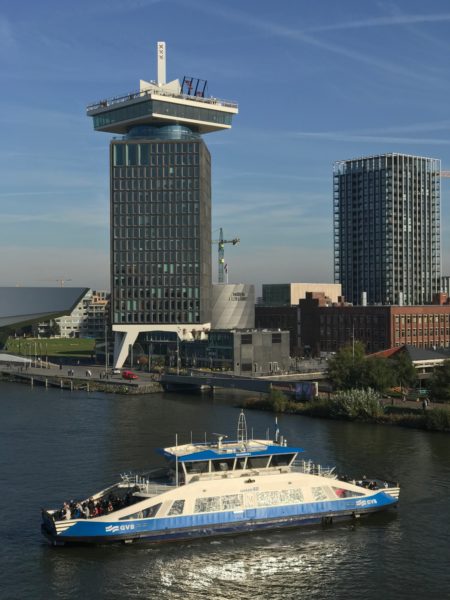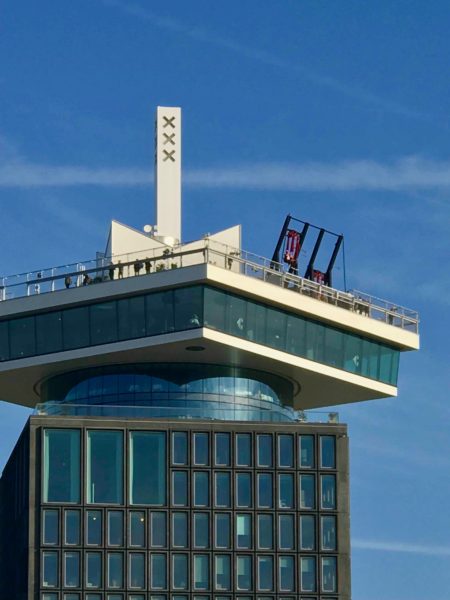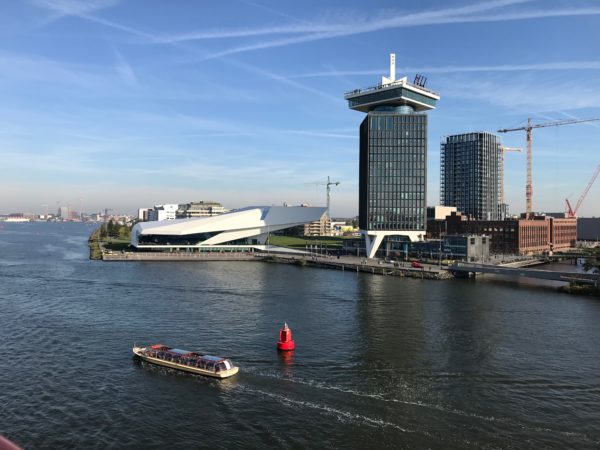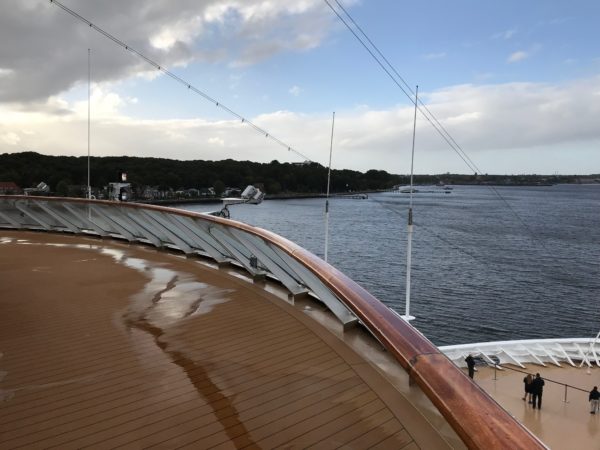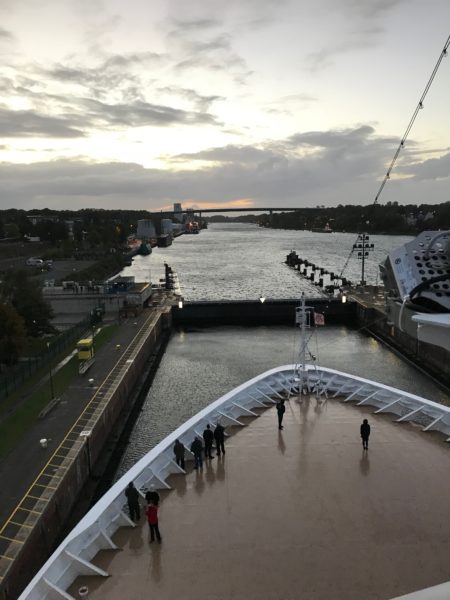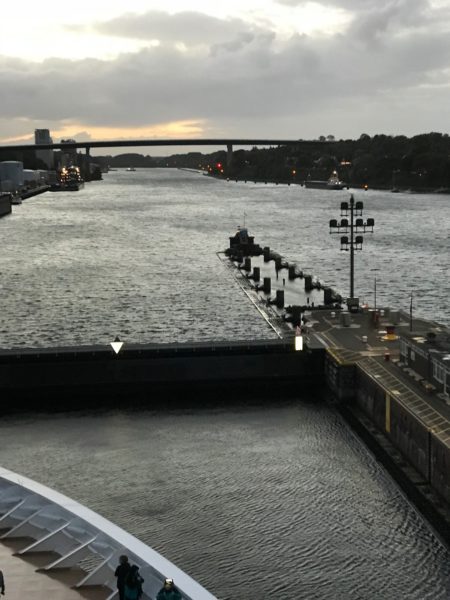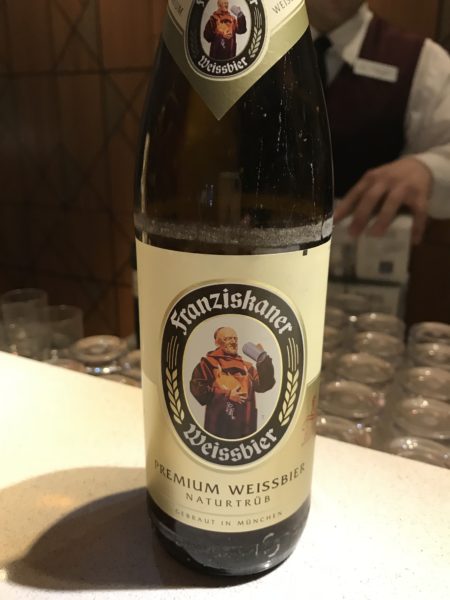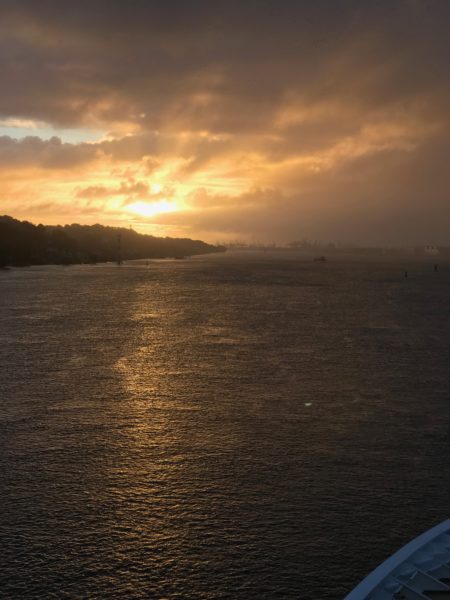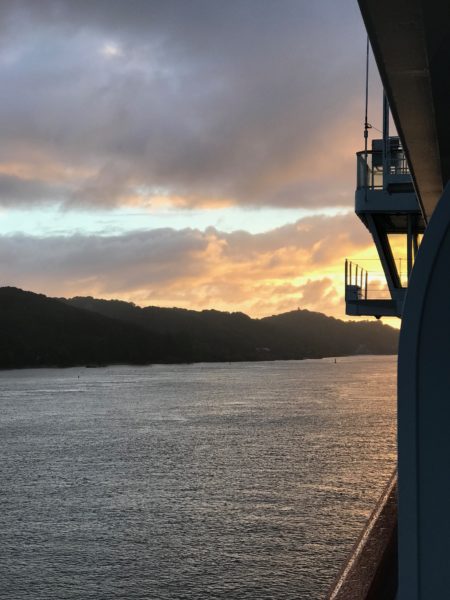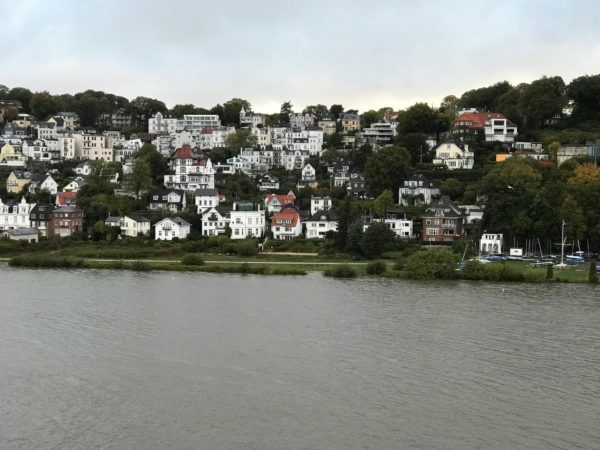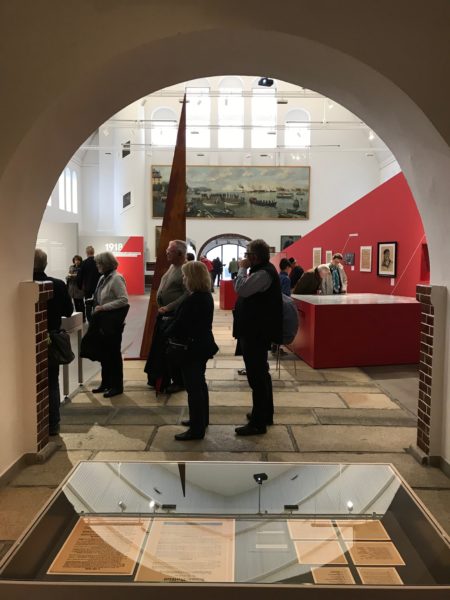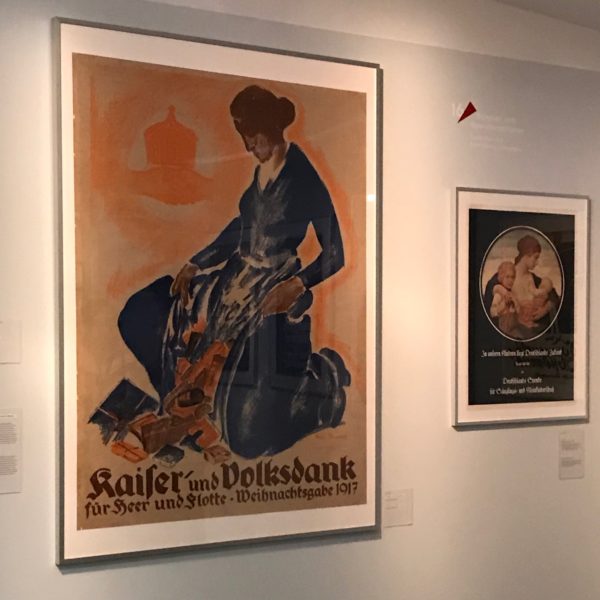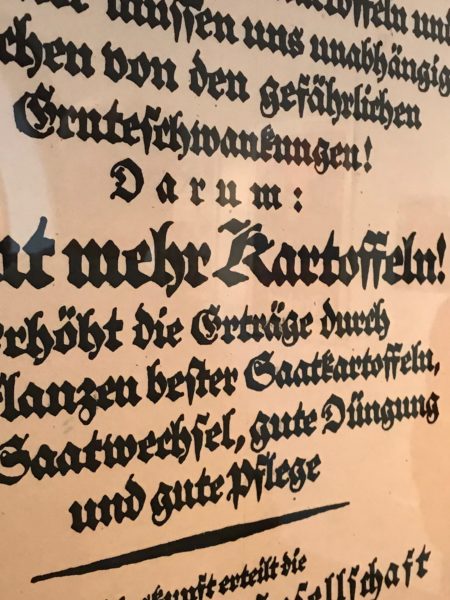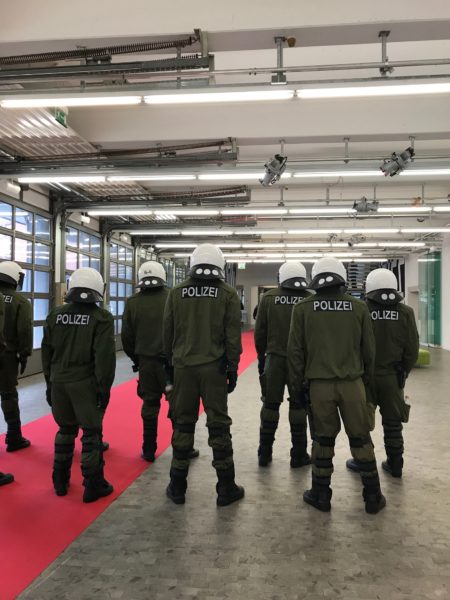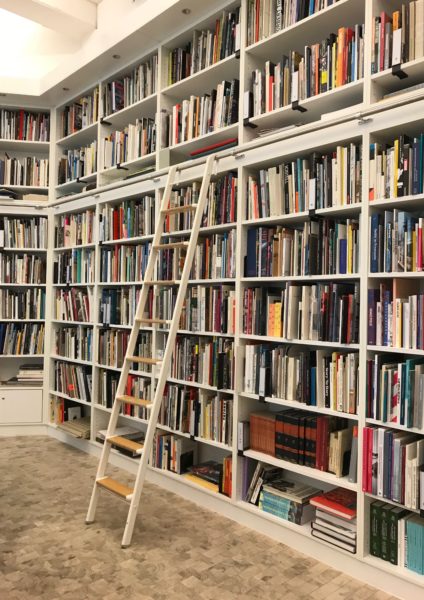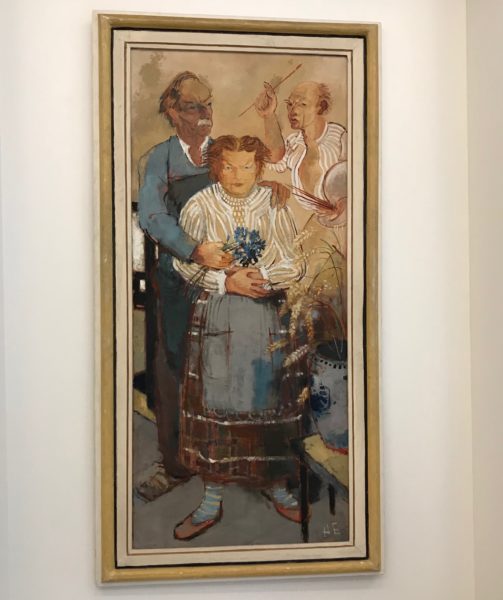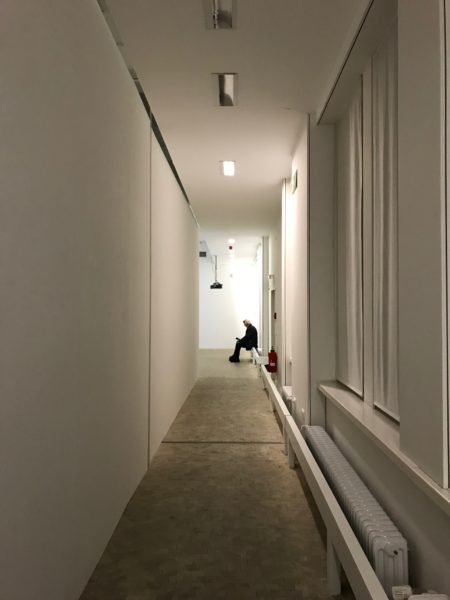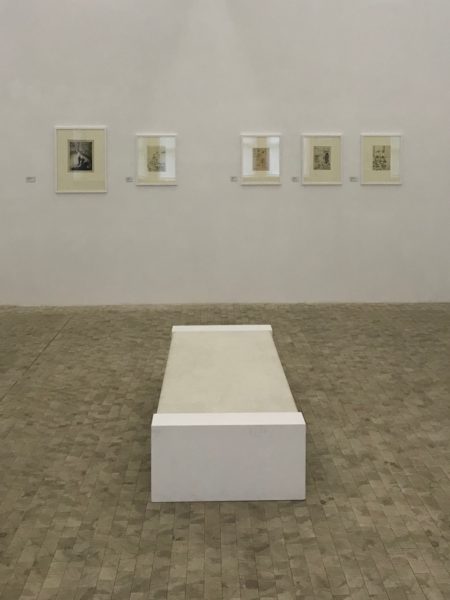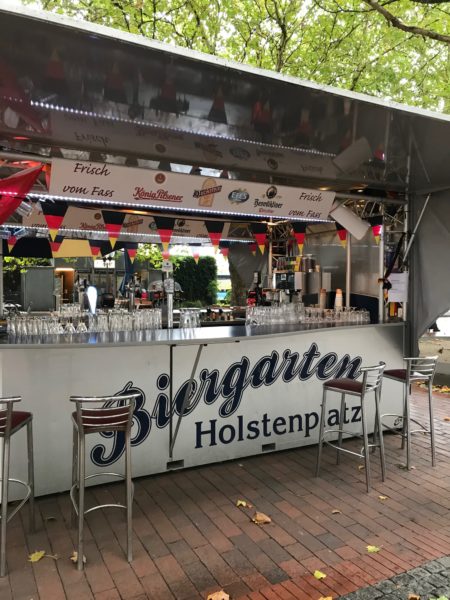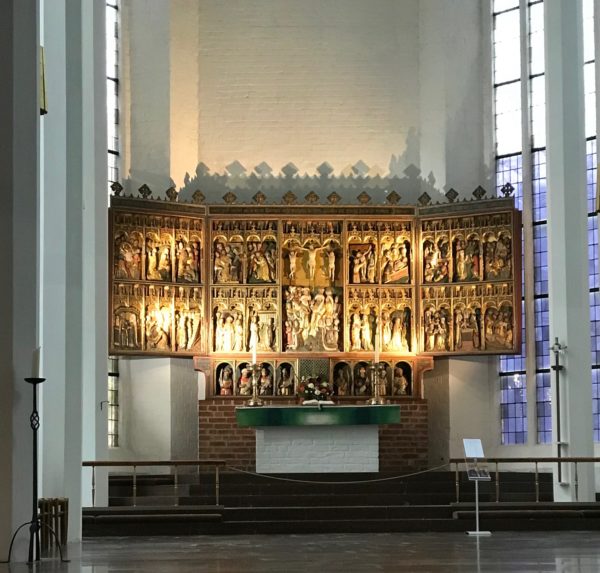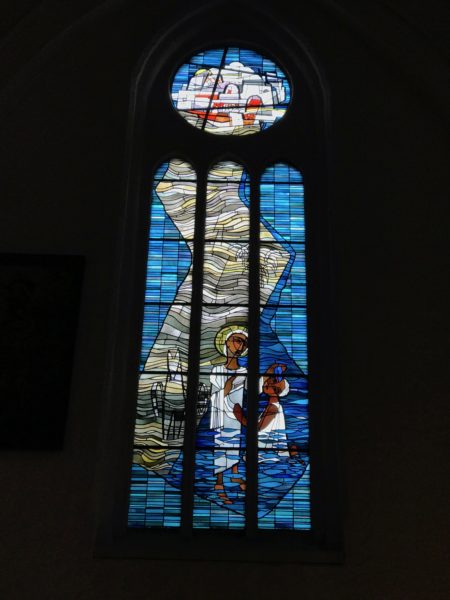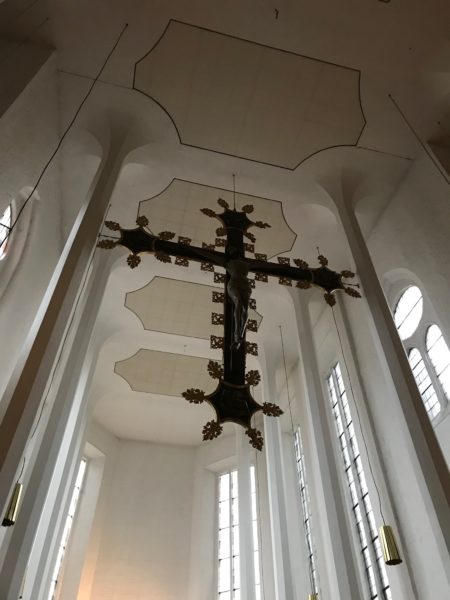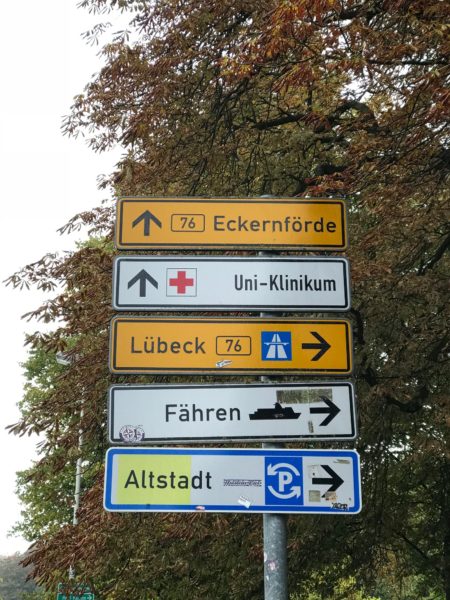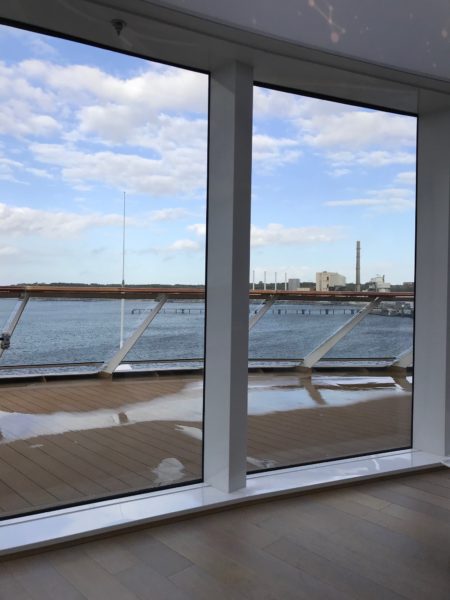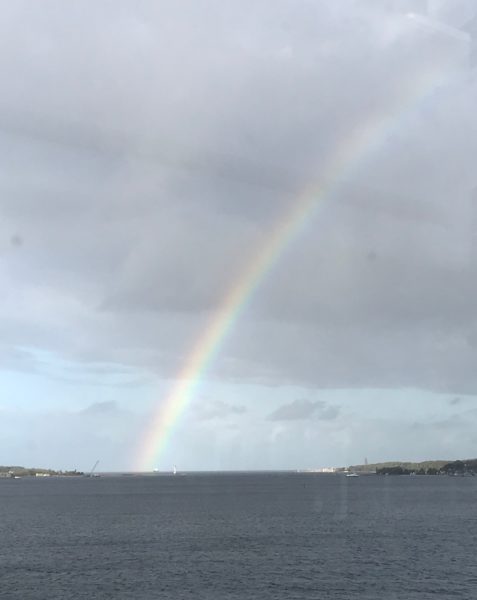VIKING STAR Mediterranean & Adriatic Sojourn Ocean Cruise
Barcelona to Athens April 3-24, 2023
PRE-EXTENSION IN BARCELONA APRIL 1-2
POST EXTENSION IN ATHENS APRIL 24-28
“We travel, initially, to lose ourselves; and we travel, next to find ourselves. We travel to open our hearts and eyes and learn more about the world than our newspapers will accommodate. We travel to bring what little we can, in our ignorance and knowledge, to those parts of the globe whose riches are differently dispersed. And we travel, in essence, to become young fools again- to slow time down and get taken in, and fall in love once more.” ~ Pico Iyer
Chicago To Barcelona
We had United/Lufthansa flights, Chicago O’Hare to Frankfurt Germany to Barcelona. We had a tight 1:35-minute connection in Frankfurt and a delay in Chicago cut that to 55 minutes. Still, we had enough time to make our connection. Be advised: there is a long flight of stairs going up from the airplane to the terminal, then there is a 15-minute walk to security. Once through security, there is another 15-minute walk to the regional jets. We arrived at 5:30AM so the airport was not crowded — I’m sure that made a difference. We had only had carry-on luggage — hard for the stairs, but otherwise worked fine—thus there was no need to worry about transferred luggage. Lufthansa was checking the weight of economy baggage and refusing those bags weighing more than 17 pounds. If you were in business class, no worries. Plenty of room for carry-on in Business.
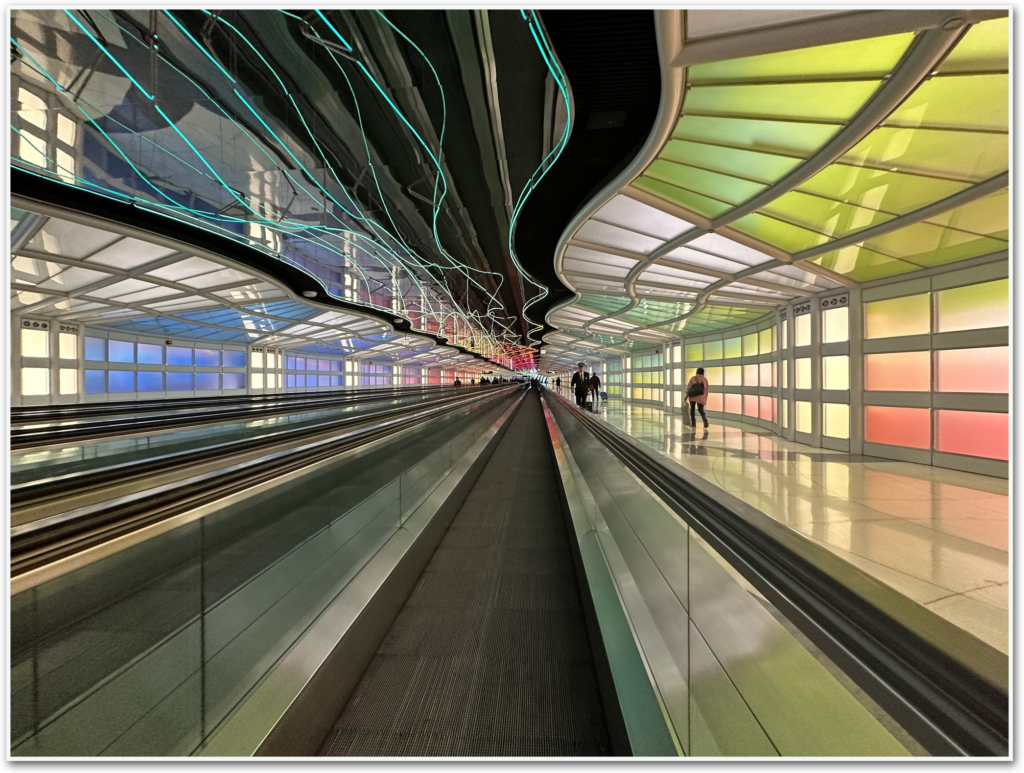
Hotel Nobu Barcelona
Easy to find Viking representatives at the luggage carousels. Just follow the luggage/exit signs. Small vans were there to take us to the hotel. Our FRA-BCN flight was delayed 30 minutes due to airspace restrictions because of the French air controller strikes. We arrived in BCN at 10:00 and were in our hotel room by 11:15. Nobu has Viking down to a science. There were 331 passengers from both the Star and Jupiter for the extensions. Four reps handled questions, made reservations, and offered restaurant recommendations for the Star, another set of reps served the Jupiter passengers. There was an optional Viking walking tour of Barcelona late afternoon of the day before embarkation. $59 per person. We didn’t go since we’d made Park Guell and Sagrada Familia reservations three months ago. (If you want to see the highlights, get advanced tickets. Folks were disappointed to find out main attractions were sold out. Research before you hop on your flight unless you’re satisfied with Viking planning and providing your Barcelona experience. The hotel is lovely and very modern, the staff is helpful. Included breakfast is what you’d expect. Basic buffet with paid options such as omelets and special order eggs. We ate there the first morning, otherwise went in search of local places. Found a great Catalan dining spot three blocks from the hotel. Brassos Bier.
The train station is right across the street from Nobu — underground connections for regional trains/trams and the metro. (Barcelona Sants) We bought a 48-hour Hola travel card for about 16 euros each and took the metro to and from Sagrada Familia, and busses to museums. Recommend using public transportation if you are a seasoned or adventurous traveler and you are mobile. Stairs departing and arriving, not all stations provide services for reduced mobility folks. It worked for us but we had some moments of confusion. An accommodating attendant smoothed the way, but it took some perseverance to find an English-speaking attendant when we ran into issues with the machine refusing our ticket! The train station across the street from the hotel also has many stores — think clothing, luggage, food market, and more. Also, a well-stocked Pharmacy (Farmacia) if you need any last-minute medical stuff. Remember, the pharmacies in Spain are more like urgent care in the States.
